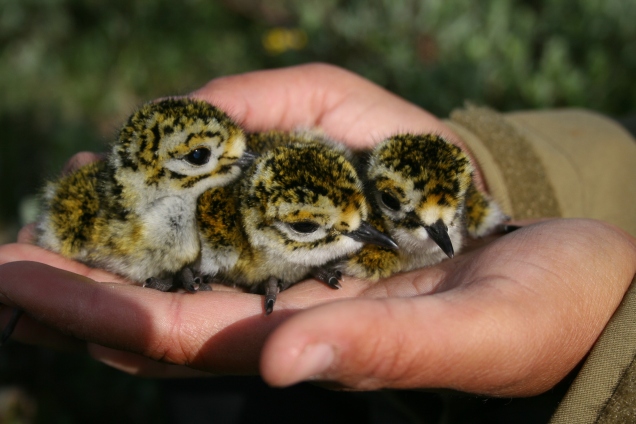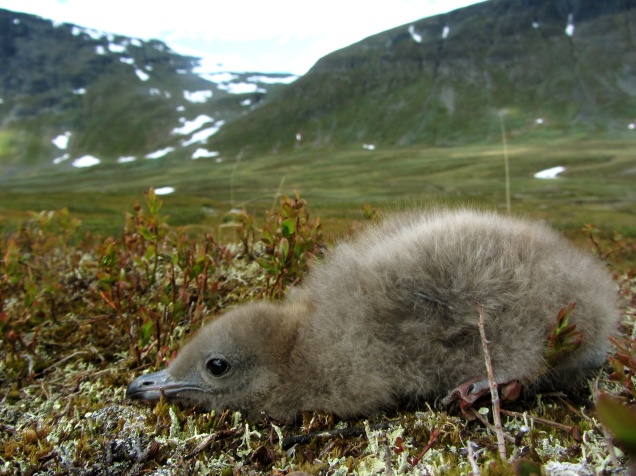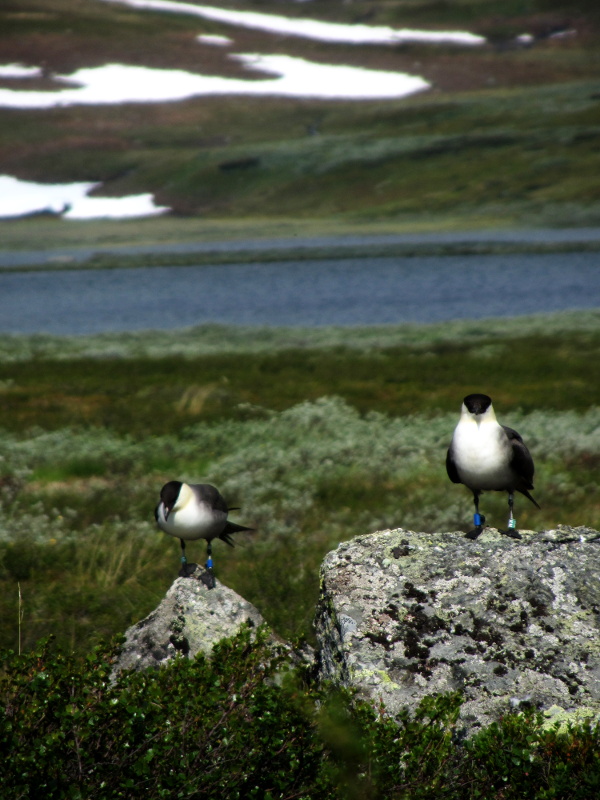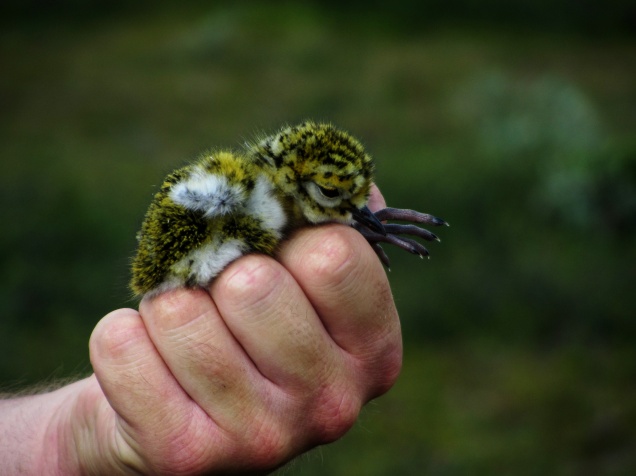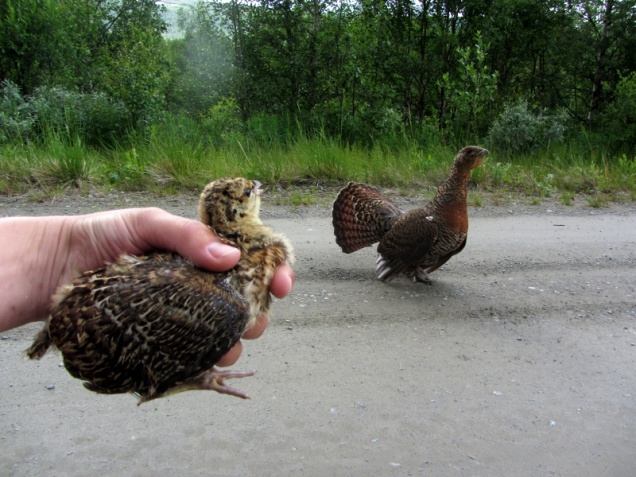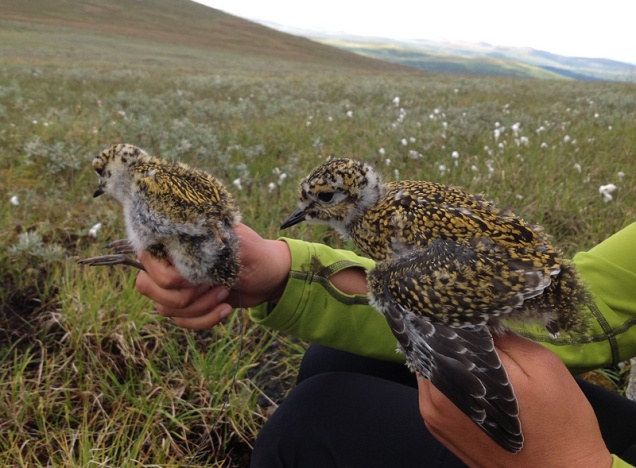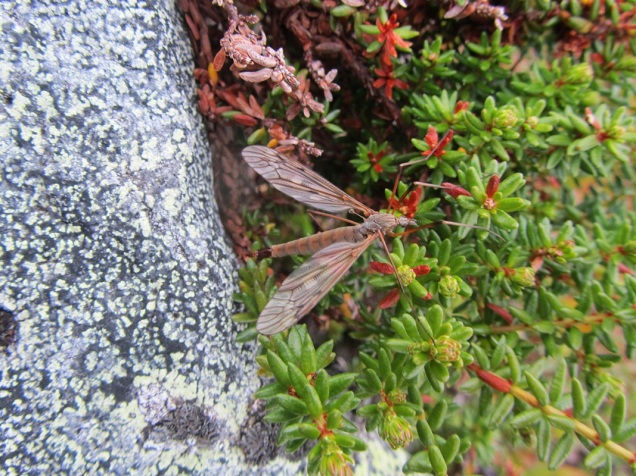
We are very happy to share with you the publication of our last paper: “Habitat selection, diet and food availability of European Golden Plover Pluvialis apricaria chicks in Swedish Lapland”. It has been a long way but it is finally here!! Click here!
This study shows the prey preferences of Golden plover chicks in the alpine tundra in northern Sweden, as well as their habitat use and food availability. Interestingly, a peak of bibios (Bibionidae, also known as marsh flies) at the end of the season in 2011, made the chicks change their diet to practically only feed on them, so we highlight the importance of this seasonal effects on the food availability, ergo diet, survival and growth of the chicks. We also show that plovers in Lapland do not have Tipulids (Crane Flies) as their favorite prey, as it happens to be in another population (UK), where chicks rely on them.
We are recently working on the second part of this story, analysing which factors influence the growth of the chicks. Hope to show it to you soon!
